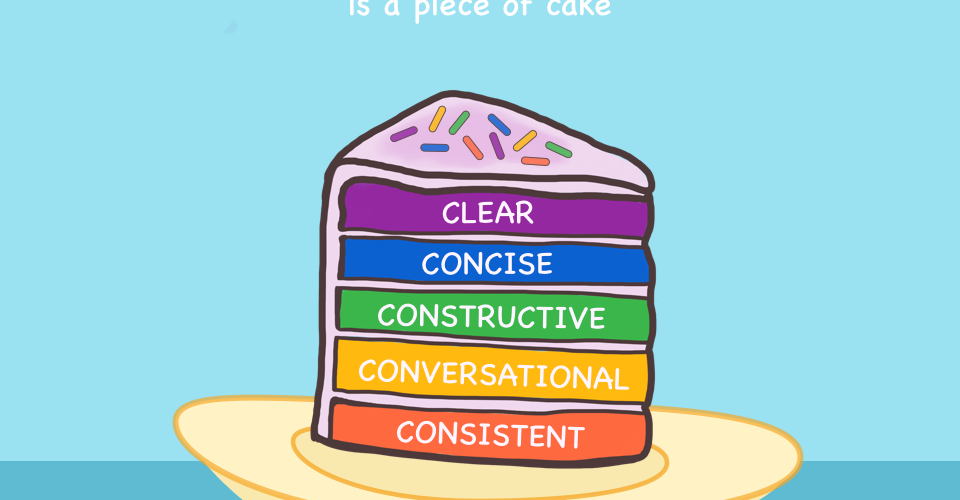Books about UX writing that’ll make everyone’s life happier
What is UX? User experience (UX) is something we encounter every day. For example, when I want to watch something on Netflix but I can’t choose anything after browsing for a while. It’s not Netflix, it’s me. Isn’t it? But recently, the Netflix website adds a table of categories and I find it easier to pick one to watch. It’s not me, it’s UX!
When you’re browsing my blog, it’s also a user experience. So you get the idea. I would like to know your user experience while visiting my blog. I crave your feedback—positive or negative.
How about UX writing? Digital products (websites and mobile apps) need words to guide users to achieve their goals. This is where UX writing comes in. Good UX writing gives users delightful moments and helps them get what they need. Lately, I’m learning UX writing. I find it interesting as I can learn more about design thinking and psychology, in addition to writing skills.
I’ve read a couple of books about UX writing. The book Nicely Said is my fav and it’s certainly a delightful read. Reading this book is like chatting with a nice friend. With a UX mindset, you can create more effective and desirable content for your readers, making everyone’s life easier and happier.
Nicely Said by Nicole Fenton
I love the tone of voice of this book. It’s well written in a friendly and conversational tone. Just like the book title—nicely said. The book is speaking to bloggers, writers, editors, content strategists, designers, developers, or small business owners. I love its practical procedures of how to start UX writing, which serves as a handbook. Here’re the key ideas:
- Ask the right questions
- Balance your goals with what your readers need
- Practice and read your work aloud
- Good writing is clear, useful, and friendly
Strategic Writing for UX by Torrey Podmajersky
This is an insightful book for UX writers. It shows the whole workflow of UX writing with concrete examples. There’s a feedback table about usability in the book and it sums up the main concepts:
| Usability | |
| 1 Accessible | – Available in the languages the people using it are proficient in – Reading level is below 7th grade (general) or 10th grade (professional) – Every element has text for a screen reader to speak |
| 2 Purposeful | – What the person should or can do to meet their goals is clear – The organization’s goals are met |
| 3 Concise | – Buttons have three or fewer words; text is <50 characters wide,<4 lines long – Information presented is relevant at this moment in the experience |
| 4 Conversational | – The words, phrases, and ideas are familiar to the people using it – Directions are presented in useful steps, in a logical order |
| 5 Clear | – Actions have no unambiguous results – How-to and policy info is easy to find – Error messages help the person move forward or make it clear they can’t – The same term means the same concept, every time it’s used |
Don’t Make Me Think by Steve Krug
Steve is good at usability testing. He explains what a usability test is and the importance of doing it at the early stage. His observations make total sense as we always don’t have enough time. So, the content should be a no-brainer. The fact of life:
- We scan web pages
- We don’t make optimal choices
- We don’t figure out how things work
Still want some more deep insights and useful tools? You can also read Microcopy and Content Design. These two books are the very essence of UX writing. If you want to get a sense only, stick to Nicely Said. “That’s real nice,” I said.
Happy reading!


Interesting concept. For me, writing has always been instinctive so I find these ideas new,,, Have a great 2021…
Have a happy 2021 ❤ 😀
“When you’re browsing my blog, it’s also a user experience.” As a fellow designer, I love the implications of this quote! Thanks for this
Hello designer! Thanks for your feedback ❤
Reblogged this on By the Mighty Mumford and commented:
yowza